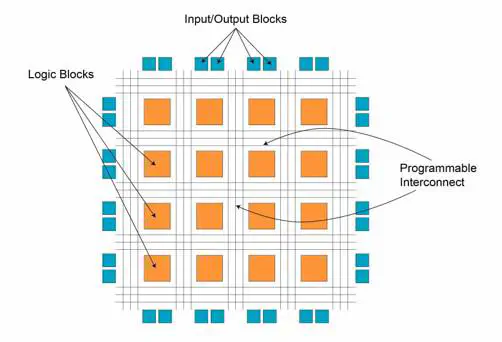Sub-Microsecond Real-Time FPGA Numerical Solver

Overview
This project develops numerical solvers for FPGA-based real-time simulation that meet sub-microsecond deadlines without sacrificing accuracy or stability. We target high-frequency, switch-dense converters where traditional explicit solvers become unstable and implicit solvers exceed FPGA latency/memory limits. Our designs guarantee fixed computation time per step, preserve switch-level fidelity (two-state models), and support nonlinear/stochastic components needed for realistic controller testing.
Just Ask for questions!
Explore our research with an AI assistant powered by the latest Gemini models and reliable sources to enhance your understanding and analysis.
Why This Research
- Hard real-time at MHz-class switching. Accurate HIL often needs steps ≤1/50–1/100 of the switching period; with wide-bandgap devices this pushes into tens of nanoseconds—beyond what sequential matrix factorizations on FPGAs can deliver.
- Implicit vs. memory. Storing per-topology inverses improves latency but explodes FPGA memory and scales poorly with switch count. We need implicit-level stability without inverse storage.
- Nonlinear & stochastic reality. Wireless power transfer and dynamic environments induce nonlinear magnetic coupling and stochastic parameter drift—capabilities rarely supported together in RT HIL.
- Sampling fidelity. Even if the step cannot shrink further, higher sampling rate is essential to capture PWM edges and avoid duty-cycle bias.
New Measures
- Semi-Implicit Parallel Leapfrog (SPL) + Half-Step Sampling. A hierarchical parallel equivalent (HPE) model separates switch- and system-levels; an alternating implicit integration leapfrog reduces cost and enables half-step sampling (2× sampling rate) while keeping stability. Demonstrated at 12.5 ns per sample on a DAB at 400 kHz.
- Topology-Aware Matrix Partitioning (TA-MP). Partitions the system along switching legs and builds a constant iterative matrix for implicit solves—no per-topology inverses, fixed iteration count per step. Achieves 25 ns step with 1/15 the memory versus conventional methods, accurate up to 200 kHz.
- IMEX Solver for Nonlinear Components. Splits PWL and nonlinear parts; uses implicit for PWL and explicit for nonlinear, removing the one-step delay via two half-steps to restore stability/accuracy. Verified on railway WPT at 75 ns step.
- X-in-the-Loop (XIL) with Stochastic Nonlinearity. An FPGA XIL testbench integrates polynomial chaos expansion with a hybrid IMEX kernel to handle stochastic and nonlinear inductance; reaches ¼ the step size of commercial testers with ½ the FPGA resources on a 350-kW WPT (28 switches).
Impact
- Sub-µs, nanosecond-class timing. End-to-end implementations at 12.5–75 ns support converters at 200–400 kHz with controller-consistent sampling and switch fidelity.
- Stability without memory blow-up. Implicit-level robustness using fixed MVM-centric iterations eliminates massive inverse tables, improving scalability with switch count.
- Realistic environments. Nonlinear magnetics and stochastic variations are supported in real time, enabling safer, broader controller validation than lab prototypes alone.
- Sampling accuracy at fixed steps. Half-step sampling doubles effective sampling rate without shrinking the integration step—capturing PWM edges and reducing duty bias.